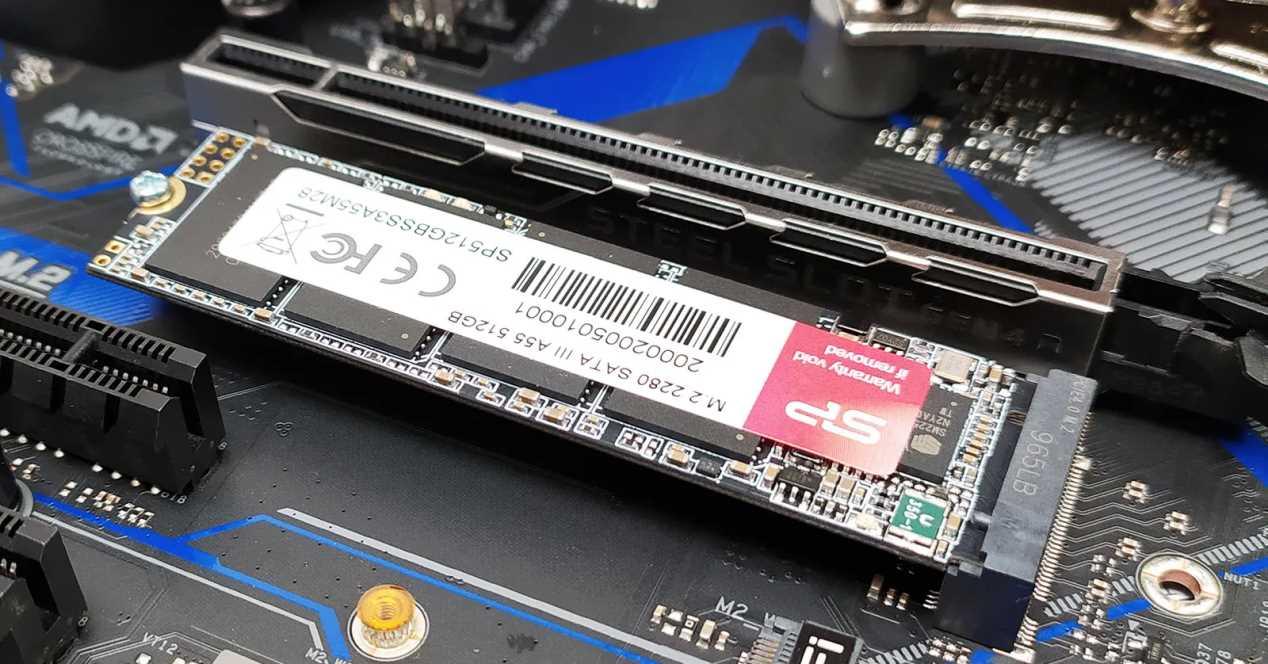When we talk about M.2, we are actually referring to a very compact and small type of card, 22mm wide. They are associated today with high-performance SSD drives, but they have other utilities such as the possibility of adding WiFi and Bluetooth to a motherboard that does not have them. However, there is one guy that seems to have completely disappeared from the map, the one with the M.2 SATA SSD
We usually associate the M.2 form factor with a high-speed PCI Express connection, but there are drives that connect to SATA interfaces with the ability to transfer up to 6Gbps. These do not differ in performance from 2.5-inch drives, but they have the handicap of having less memory space and neither can DRAMLess versions be made due to the fact that said interface, unlike PCIe, n does not have direct access to the RAM memory of the system. However, there are many laptops and motherboards a few years old that support these types of drives.
What happened to M.2 SATA SSDs?
If we look at the news and developments in the past two years, it seems that the SSD world is divided into 2.5 inch drives with SATA interface and the ability to bring more memory chips inside and fast M.2 SSDs with PCI Express interface at blazing speeds that promise to change the way we game in the future, although to be honest we’re starting to get impatient and would rather it be a gift.
The thing is, not all M.2 interfaces are the same, and if your computer is quite old, you might find that its pins have a weird layout or your newly purchased NVMe SSD won’t make a connection. If so then you need an M.2 SATA SSD, however getting one can be an odyssey these days and there are fewer and fewer units available for a very simple fact they are no longer manufactured and the reasons are very easy to understand.
What happens when you have a product that inherits the worst of both worlds? That is, the lower storage capacity due to the less PCB space of an M.2 and the higher latency and lower bandwidth of the SATA interface. Well, you have a product that just happens to be the worst option of all. Also, today all processors usually have a PCIe interface with enough pins, not only for the graphics card, but also for at least one NVMe drive.
What are the best options?
In case your PC has a connection for this type of storage unit and you need more gigabytes to save data and programs, we will give you two models as a purchase advice. One of the 1 TB from the Western Digital brand and for narrower pockets and as a second option one of the 512 GB from the Intenso brand








